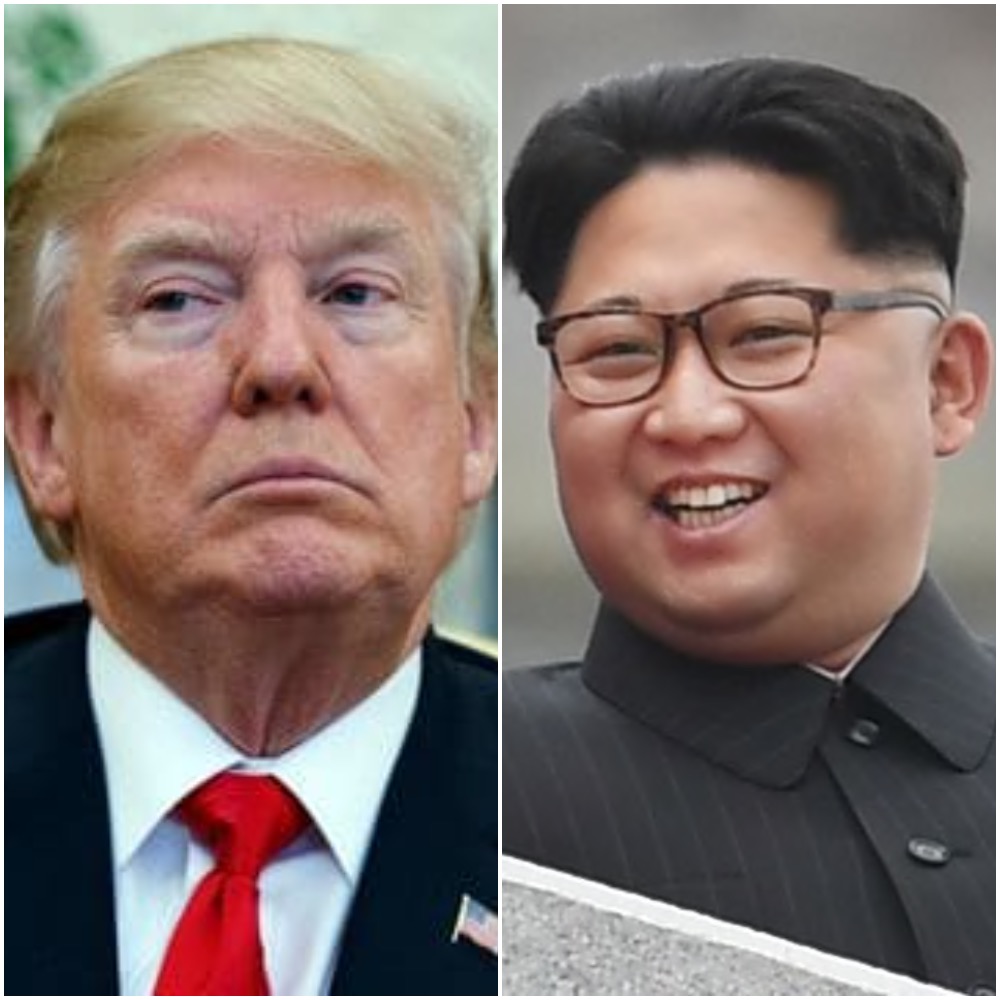Nearly one third of the countries in the world, about sixty so far, have put satellites into orbit. That number will grow in 2012 as other countries put their first satellites into orbit for the first time.
A smaller number of countries have developed the scientific and engineering prowess to have a fully independent capability to place satellites into orbit with their own launch vehicle instead of relying on foreign countries. Numerous countries have designed and built their satellites but do not yet have the capability to indigenously produce their own launch vehicle or rocket.
The Democratic People’s Republic of Korea has announced the launch of a satellite, Kwangmyongsong-3, manufactured by itself with indigenous technology to mark the 100th birth anniversary of President Kim Il-sung.
The DPRK’s space program began in the 1980s. When it announced its upcoming satellite launch in March 2012, the DPRK’s space agency, the Korean Committee for Space Technology, issued a statement that completely conforms to all international standards and obligation.
“The DPRK will strictly abide by relevant international regulations and usage concerning the launch of scientific and technological satellites for peaceful purposes and ensure maximum transparency, thereby contributing to promoting international trust and cooperation in the field of space scientific researches and satellite launches,” said the statement.
Although the United States has launched thousands of satellites—for both military and civilian purposes—and has prioritized its own militarization strategy for outer space, the U.S. capitalist-owned media is treating the DPRK satellite launch as wild and reckless provocation.
The April 11 issue of the Washington Post condemns the Obama administration for having resumed negotiations with the DPRK on Feb. 29. “Duped Again” is the screaming headline of the Post editorial that treats the DPRK as a wild and dangerous provocateur, whose people should now be deprived food and other economic necessities as punishment for having dared to demonstrate an indigenous technological capability to launch a satellite into orbit.
The colonial arrogance of the Washington Post editorial board is echoed faithfully by the other corporate media, the politicians from both ruling-class parties in the United States, and even by some liberal and “socialist” media outlets.
The demonization of the DPRK is so complete in the United States that is nearly unheard of for the truth to be told.
Here are some useful facts:
Fact 1: The DPRK has fully complied with the terms of the Feb. 29, 2012, agreement to resume negotiations with the United States, China, Russia, Japan and South Korea—known as the “six-party talks”—on the enduring crisis on the Korean peninsula. The DPRK promptly complied by issuing an invitation to international nuclear inspectors to inspect the DPRK’s nuclear sites.
Fact 2: The Feb. 29 agreement required that the DPRK pursue a moratorium on nuclear tests and longer-range military rocket tests. The Feb. 29 agreement does not bar the DPRK of launching satellites for non-military purposes.
Fact 3: The DPRK had suspended its nuclear weapons program, but openly resumed it following George W. Bush’s declaration on Jan. 21, 2002, that the DPRK was part of an “Axis of Evil” along with Iraq and Iran. Iraq did not have a nuclear weapons program and was invaded on March 19, 2003, by hundreds of thousands of U.S. troops and subjected to a sustained and massive bombing campaign. Faced with the threat from the U.S. government, the DPRK expelled foreign nuclear inspectors and produced several nuclear warheads—making it clear that, unlike Iraq, the DPRK was prepared to inflict a retaliatory response in self-defense if it was invaded or bombed. The Bush administration resumed negotiations with the DPRK.
Fact 4: The U.S. invaded North Korea in 1950. By 1951, there were no more stationary, hard targets for the U.S. air force to bomb since there were no structures higher than one story still standing. The U.S. and allied military forces drove up through North Korea in 1950 but were ultimately defeated by a withering counter-offensive launched by North Korean and Chinese troops. No one knows how many Koreans died during the three-year conflict, but according to the Encyclopedia Britannica of 1967, more than five million Koreans perished who would not have died if there had been no war.
Fact 5: In 1953, the Pentagon’s Joint Chiefs of Staff authorized the nuclear bombing of North Korea and China, which was prevented by the signing of the July 27, 1953, armistice agreement that suspended military operations on both sides.
Fact 6: The United States still refuses North Korea’s demand that the 1953 armistice agreement be replaced by a permanent peace treaty. Thus, technically, the U.S. is still at war with North Korea.
Fact 7: Tens of thousands of U.S. troops still occupy South Korea 59 years after the signing of the armistice agreement. U.S. troops in South Korea not only stand as a permanent menace to North Korea, but allow Washington to maintain a huge influence in political matters in South Korea.
Fact 8: U.S. and South Korean war games are the largest conducted by the Pentagon. They include the mock invasion of North Korea. North Korea is thus kept in a state of high alert and mobilization. This requires diverting huge portions of a limited national budget to military readiness, which is designed to weaken the DPRK’s economy.
Fact 9: The United States possesses 10,600 nuclear warheads in its stockpile, 7,982 of which are deployed and 2,700 of which are in a contingency stockpile. The United States has spent $7 trillion on nuclear weapons since the inception of its nuclear program 60 years ago.
Fact 10: The United States is the only country to have used nuclear bombs. It dropped atomic bombs on Hiroshima and Nagasaki in August 1945. Hundreds of thousands of civilians were incinerated almost instantly, and generations suffered the effects of radiation poisoning.






